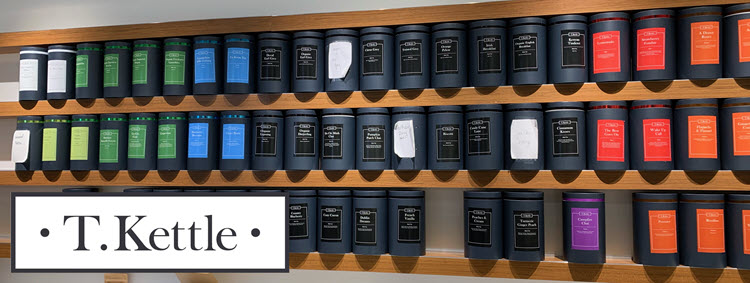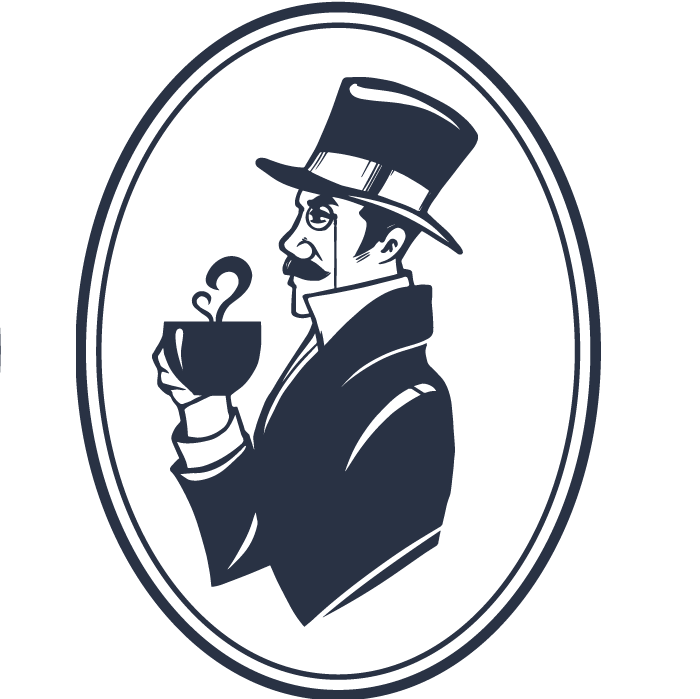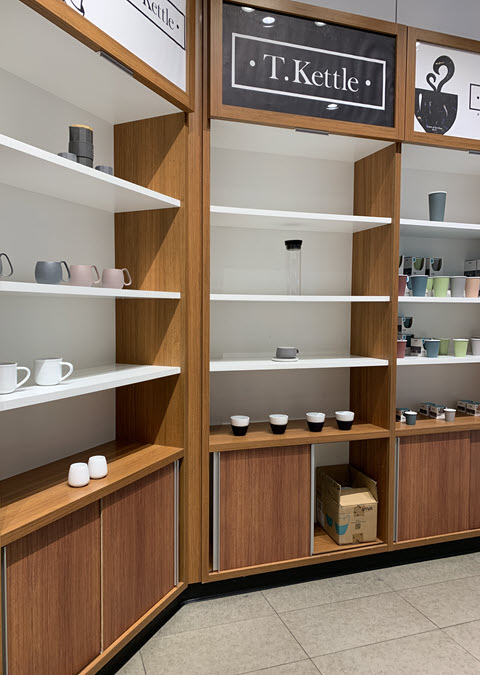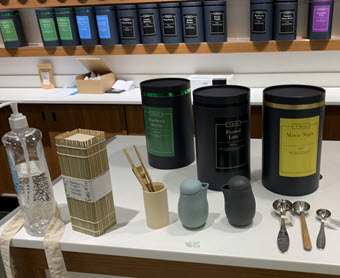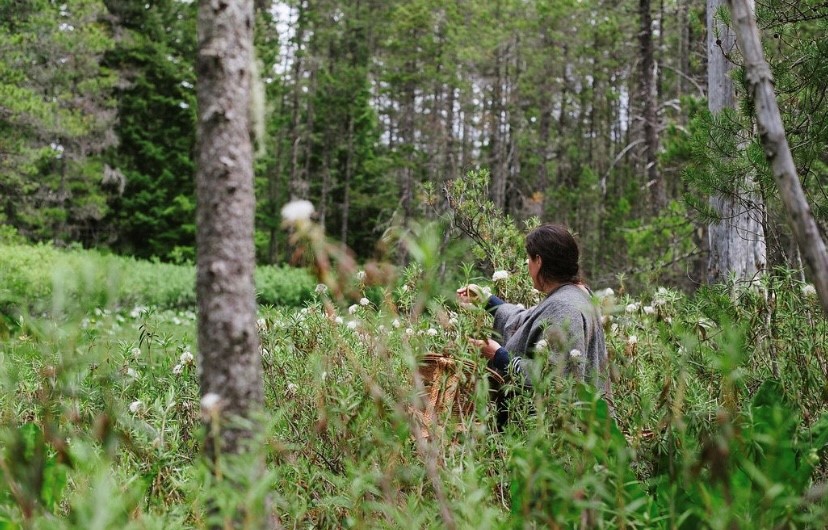Author, adventurer, and tea lover, Jeff Fuchs has walked the length of the Ancient Tea Horse Road, been featured in television documentaries and traveled extensively in the tea lands sourcing tea for his company while sharing stories about tea and tea culture. His affinity for high altitude treks equals his affinity for tea. He tells Jessica Natale Woollard, “I’ve had some of my best tea times in the mountains without necessarily having had the best teas.”

Traveling to a Tea Farm “Completes the full Circle”
Jeff Fuchs has sourced tea for decades, initially traveling from his home in Canada and later Hawaii. He lived several years in Yunnan, China where he founded Jalam Teas a source of rare Puerh tea. Fuchs was the first westerner to complete the entire 5,000 kilometers of the heralded Tea Horse Road from southwestern Yunnan over the Tibetan Plateau and down into India — a journey that took eight months on foot. In this interview he discusses the benefits of traveling to origin and the inherent tranquility he finds in tea.
Jessica Natale Woollard: I read that you are drawn to the mountains because they silence the mind. People often say the same thing about tea. What other commonalities do you see between tea and the geography in which it grows?
Jeff Fuchs: There is something silencing about the mountains and tea. There’s a process I go through to be within the mountains, there’s a preparation of the mind and of the body — there’s a bit of reverence. All of these things the physical body needs to be prepped well for the mountains.
The process for me when taking tea every morning, every afternoon is a process which quietens everything down a bit and it also stimulates. On a very visceral level there is that connection to tea and mountains.
The leaf is a gift: It’s a stimulant fuel beyond all other things. I’ve had some of my best tea times in the mountains without necessarily having had the best teas. The best informal reflections, the best exhausted, joyous moments have been with tea in the mountains.

Jessica: So the experience of tea and drinking tea isn’t just related to the taste.
Jeff: No. Certainly there’s an “Ahhhh” moment when some of those little bitter catechin elements hit the palate, there’s a familiarity, and of course, a sort of a satiated comfort. But I’m drawn more and more I think to this whole relationship, and the relationship to the time it’s taking, this whole informal aspect of tea taking. The person serving or who’s made the tea provides a lot of context. Those first sips taken in an environment that’s empathetic, those moments are for me the magic ones. They are moments of sublime joy in an environment that is restorative. It is one of the great understated and underrated elements of tea.
Jessica: In many cultures around the world, tea is many things. It is currency, commodity, nutrient, medicine, ceremony, artifact. Here in North America it’s predominantly a beverage. Do you think understanding the story of tea plays a role in appreciating it? And do you think we in North America need to develop our own narrative in our own time?
Jeff: A lot of traditions are not necessarily important at all for the present and the future of tea.
But I do think that they provide a context and what comes before usually provides a huge insight into what we’re dealing with now. I’m delighted to see tea in North America and Europe sort of exploding into a whole new generation. I also get very excited when I see tea being used in bars to mix with gins. I think it’s really exciting to explore tea, the old panacea, the old medicine, being thrown into these new scenarios and experimented with.
Jessica: Over the last decade, there’s been a movement, at least here in Canada, to know the origin of your food, and usually that conversation is meant to shine a spotlight on local farms to encourage people to know exactly where their vegetables are being grown. But why limit ourselves to knowing where our produce comes from locally? When we are able to travel again, why might our listeners wish to consider a tea farm pilgrimage?
Jeff: When one goes to these origins you don’t simply get the greatest hits teas served to you. You have the possibility of immersing yourself into the lives of cultivators, into the lives of those involved in tea production.
When you sit or stand next to an elder woman or a young man pan-firing tea and those buttery essences wafts into your nasal cavity and you see them with their calloused hands, you see the little things that nobody wrote about or nobody Instagrammed about. You are seeing the in-between moment — it’s life at Ground Zero at the origins of tea.
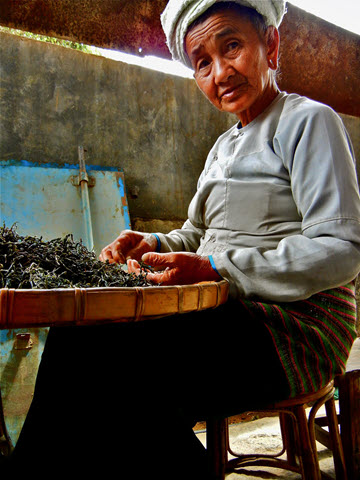
You see ugliness, you see beauty. You see things that are not in the brochures. You can visit with the plants. I think it’s a vital component. I don’t mean getting a selfie shot next to a 600-year-old tea tree. I’m talking about just sitting and eating lunch on a little bench with the pickers and observing their relationship with the leaf.
A Dai elder hand sorts Puerh tea in a Jingmai Village in the
deep south of Yunnan province, one of the original tea
cultivation regions on the planet. Photo courtesy Jeff Fuchs.
You see these small tea farms with people who throw their hearts, their wallets, their blood into creating artisanal teas. They pay tribute to the old methodology but are also very modern in their approach. In order to speak of tea and feel the tea, I think you have to go to the source. When you go to a tea farm it completes that full circle. When you feel it from their perspective it gives context to this whole journey; where your leaf is from, where your food is from. Travel gives some integrity, it adds a comfort when speaking on the topic.
Jessica: How do you connect the relationship and the memory of having a tea at origin when you’re drinking it in a different location?
Jeff: There are certain teas that are very familiar to me and I travel with them. And in that first sip in the morning, I’m able to re-create something of the past. Sometimes it’s just a little memory of where the leaves come from.
A friend of mine I met when I lived in Yunnan is a huge tea buyer from Guangdong Province. We’d always sit and talk and have great teas but rarely talk about the tea. He once said that drinking tea requires a kind of amnesia for every other previous tea encounter — it’s his mantra, his code of tea.
I like the idea. It sort of drags you into the “right now”, a reminder not to drift too far back in the memory palace. I like that you have to put away every other experience you’ve had with a particular tea or a mystery tea and not judge it from any reference point. Just let it hit you.

Countenance: Travelers Along the Tea Horse Road
By Jeff Fuchs
Tea once traveled the most daunting journey of any plant on the planet. Few tea drinkers know the story of how tea spread to every nation from its origin in the mountains of China. Traders for 13 centuries loaded tea on the backs of yaks, mules, horses, sheep, and man. It took months for caravans of tea to find their way from what is now Yunnan and from Sichuan, China along narrow trails ascending to the highest of highlands, the Tibetan Plateau. Along the way, this eternal fuel of the spirit, this simple bitter leaf, worked its magic as stimulant, medicine, panacea for remote peoples. The Tea Horse Road (called Cha Ma Gu Dao in Mandarin and Gya’lam or Dre’lam in the Tibetan tongue) is peopled with characters whose tenacity and generosity in sharing precious oral narratives provide a glimpse of adventure and the blood spilled transporting tea on a route that reaches the sky.
Ancient Tea Horse Road: Travels with the Last of the Himalayan Muleteers By Jeff Fuchs (2008)
Share this post with your colleagues.
Signup and receive Tea Biz weekly in your inbox.
Never miss an episode
Subscribe wherever you enjoy podcasts:



